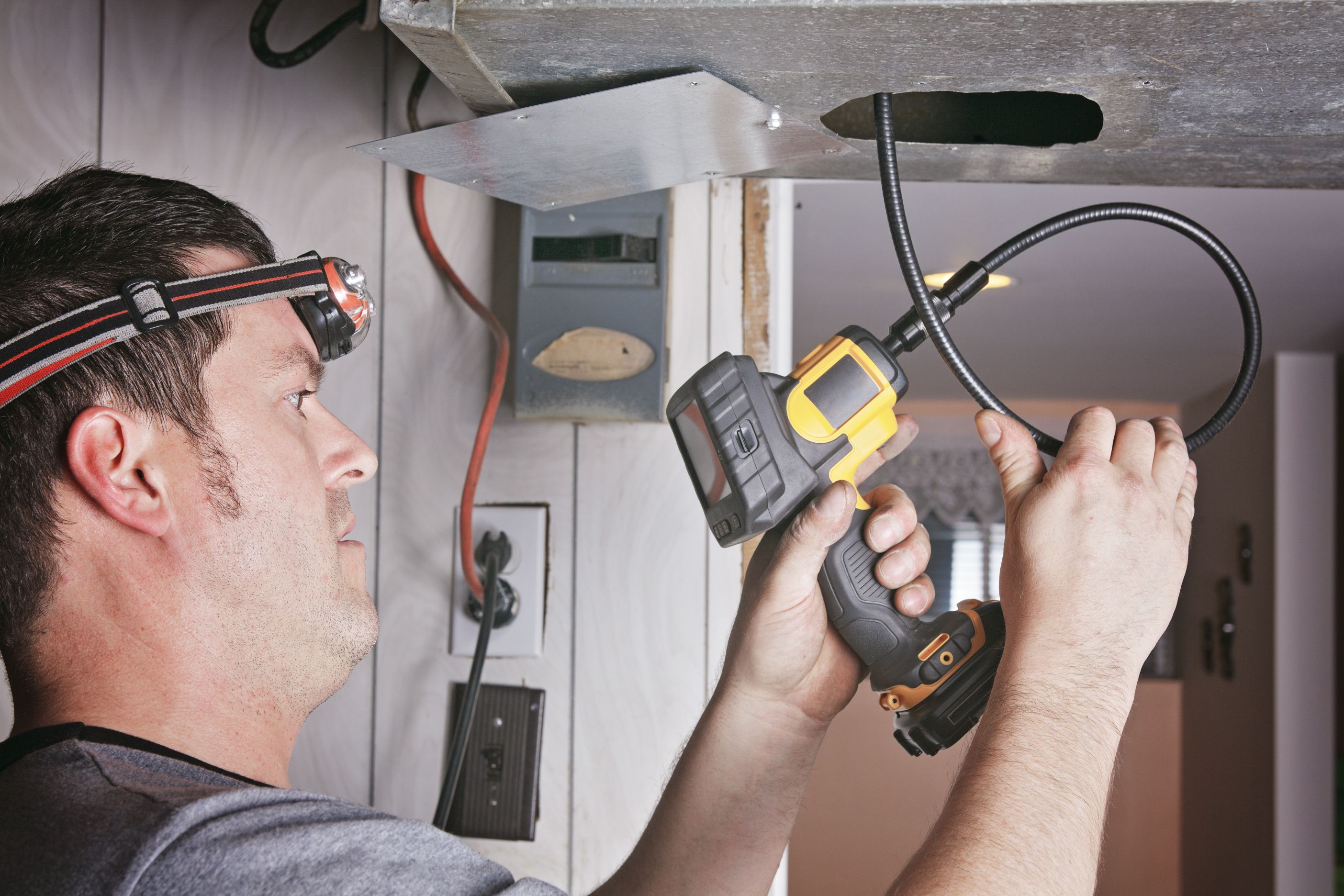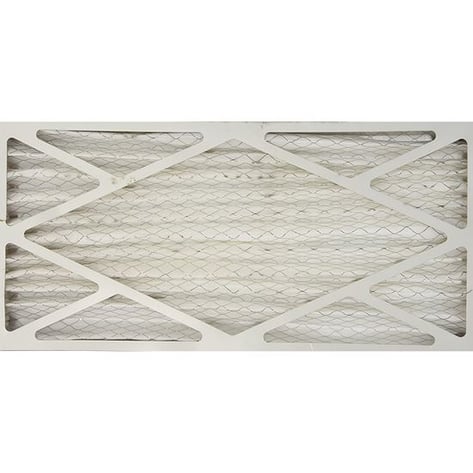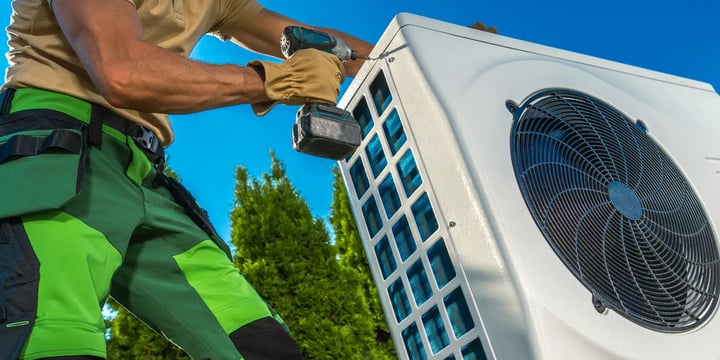Wolseley PRO Pipeline Blog
A home’s indoor air quality affects the health of the home and its owners. Depending on the quality of air, there can be harmful, permanent effects if the causes are left untreated. Unfortunately, indoor air quality (IAQ) is not easily detected naturally by sight or smell. That’s why homeowners are encouraged to undergo professional indoor air quality testing for accurate results. It’s also important to inform your customers on the importance of IAQ testing and how they can improve air quality for the health and comfort of their families.
Why Test Indoor Air Quality?
Indoor air quality is estimated to be 2 to 5 times worse than outdoor air quality. As Canadians spend an average of 90% of their time inside, maintaining healthy indoor air quality is important to create a healthy environment.
If air quality is poor, Canadians may experience some of these symptoms as a result:
- Headaches
- Fatigue
- Shortness of breath
- Worsening of allergies
- Asthma symptoms
- Sinus congestion and irritation
- Coughing and sneezing
- Dizziness
- Nausea
Often, homeowners have no idea these symptoms are a result of their indoor air quality and their symptoms continue with the cause left untreated. That’s just one reason it’s important to conduct an air quality test. As a contractor, it’s important to educate your customers on the benefits of testing indoor air quality and provide information and solutions to increase comfort and avoid issues due to poor air quality.
Why Homeowners Need an Indoor Air Quality Test
As homes are built tighter and taller, HVAC contractors need to offer indoor air quality checks and solutions as part of regular business. IAQ is not just an upsell anymore, it’s a must-sell.
While basic HVAC solutions like air filters are common and make sense to homeowners, there are additional products like ionization air purifiers, ventilation systems, humidifiers and more to help improve indoor air quality and get rid of particles that aren’t visible to the human eye, like spores and residue. These investments can mean the improvement of indoor air quality, and in turn, a homeowner’s comfort and health.
Beyond solving health symptoms, testing air quality can detect problems to solve within a house such as water leaks that are causing mould and improperly vented appliances, like furnaces and stoves.
The Government of Canada highly recommends testing a home’s indoor air quality to check for more hazardous conditions in a home, such as the presence of radon. Radon is a naturally occurring radioactive gas found in the ground. The gas is created when naturally occurring uranium inside soil and rocks, breaks down. When radon seeps into an enclosed space, like a house, it becomes dangerous for those living inside.
One of the important tests for indoor air quality includes testing for radon and should be part of your inspection of indoor air quality.
How Can You Solve A Radon Problem?
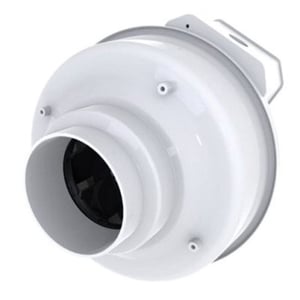 Let’s say that you have completed a minimum of three-month radon testing for a customer and you detect they have radon problems affecting their indoor air quality. One of the main methods to solve a radon problem is installing a radon fan in the basement of the home, like the Fantech HP 190 Plastic Inline Radon Fan.
Let’s say that you have completed a minimum of three-month radon testing for a customer and you detect they have radon problems affecting their indoor air quality. One of the main methods to solve a radon problem is installing a radon fan in the basement of the home, like the Fantech HP 190 Plastic Inline Radon Fan.
Homeowners can rest assured that once installed, the radon fan controls the levels of radon entering the home and ventilates the gas outside, where it combines with air particles and lowers to a safe quantity.
Other Factors for Indoor Air Quality Tests
While radon is a well-known factor in negatively affecting indoor air quality, it’s important that homeowners understand there are other things that contribute such as:
- Volatile organic compounds (VOCs) like formaldehyde and lead
- Biological pollutants like mould dander, pollen, allergens, dust mites and bacteria
- Combustion pollutants like carbon monoxide and tobacco smoke
An indoor air quality test will measure a portion of a home’s air and a lab will analyze the sample. The results of the test break down what the factors are that contribute to poor air quality and can give you a starting point to help your customer control the problem.
How Homeowners Can Improve Indoor Air Quality
Get The Ducts Cleaned
Air ducts naturally collect dust over time. When they’re in use, the ducts circulate this dusty air back into a home, and the cycle continues. Homeowners should have their ducts professionally cleaned by an HVAC pro to reduce dust and allergens flowing from room to room.
Ducts don’t need to be cleaned more than once every 5 years unless the homeowners are renovating. After renovations, be sure to advise homeowners to clean their ducts. A home renovation project can add a lot of dust and pollutants into ducts, so it’s wise to get them cleaned shortly after.
Replace and Upgrade Furnace Filters
It’s recommended that a home’s HVAC filter in the furnace be changed every 30-90 days, depending on the quality of the filter. It is ideal to get High Efficiency Particulate Air (HEPA) filters for the furnace. All HEPA filters are designed to meet the minimum requirement of capturing 99.97% of the 0.3-micron (0.000012-inch) particles in the air passing through the filter, meaning it catches very small particles of air that are not visible to the eye, but greatly factor into air quality.
It’s also important for homeowners to replace or clean other filters around the home like bathroom exhaust fan grills and dry lint screens.
Shop HEPA filters, including the Honeywell HEPA Filter for Whole House, on Wolseley Express.
Use Air Purifiers
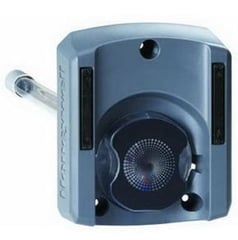 Air purifiers differ from filters because they work to sanitize the air and recirculate it. Central air purifiers can either be used within a home’s HVAC system and purifies the air as it circulates through the ducts. Air purifiers also tend to make use of HEPA filters in their system.
Air purifiers differ from filters because they work to sanitize the air and recirculate it. Central air purifiers can either be used within a home’s HVAC system and purifies the air as it circulates through the ducts. Air purifiers also tend to make use of HEPA filters in their system.
Free-standing air purifiers can also be placed around the home. These units are small and relatively quiet, using minimal amounts of energy to operate. They do a great job of circulating air flow and removing small particles from the air.
Browse our selection of air purifiers on Wolseley Express, including the Honeywell UV2400U1000 UV Air Purifier.
Buying the Right Vacuum
It’s important not to let dust mites, dirt, and bacteria build up, but not all vacuums are the same. Homeowners should vacuum frequently using a HEPA filtered vacuum cleaner. HEPA filters help prevent toxins and allergens from collecting on floors and recirculating into the air. They are relatively inexpensive and easily replaceable. You may also suggest to homeowners that they steam clean their carpets once a year for a deep clean.
Shop HEPA vacuum filters on Wolseley Express, including the Ridgid 1-Layer Everyday Dirt Standard Pleated Paper Filter, Model: VF4000 or the Ridgid 5-Layer HEPA Allergen Filter, Model: VF6000.
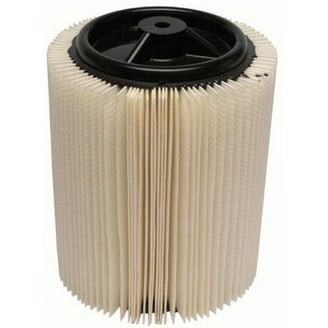

Start Improving Air Quality
With these tips in mind, you can help homeowners improve their air quality and provide them with thorough HVAC testing and service. If you want more HVAC tips, promotions and Wolseley news, sign up to be a Wolseley PRO today!

